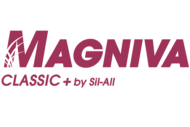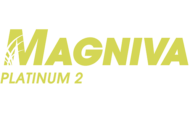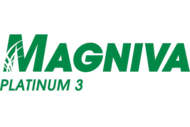Below is a summary of common silage problems, their likely causes and recommended actions.
PROBLEM: High pH
Probable Cause:
• Slow fermentation
• Yeast growth
• Bacillus growth
Management issue:
• If silage is not heating, feedout rate needs to be increased and/or a TMR treatment should be used
• If silage is butyric, feedout rate must be carefully controlled
• Performance is likely to be compromised due to lost energy in silage
Recommended action:
• Review all silage management practices, including harvest timing, chop length, speed of fill and pack rate
• Use a forage-specific bacterial inoculant
PROBLEM: Silage heating
Probable Cause:
• Yeast growth
• Bacillus growth
• Acetobacter growth
Management Issue:
• Feedout rate needs to be increased and/or a TMR treatment should be used
Recommended Actions:
• Review all silage management practices, including harvest timing, chop length, speed of fill and pack rate
• Use a forage-specific bacterial inoculant
PROBLEM: Moldy silage
Probable Cause:
• Mold contamination from the field
• Molds allowed to grow due to presence of air (oxygen) in silage structure
Management Issue:
• Large diseased areas in the field at harvest
• Delays during filling (bands of mold, fill lines)
• Poor sealing (mold at top or on sides)
• Slow feedout (mold across silage face)
Recommended Actions:
• Discard moldy silage
• Review fill rate and packing
• Use a forage-specific bacterial inoculant to inhibit spoilage
PROBLEM: Extremely low pH
Probable Cause:
• “Wild” lactobacilli naturally present in the silage resulting in slow initial fermentation
Management Issue:
• Carefully feed silage to avoid health problems in animals
Recommended Action:
• Review fill rate and packing
• Use a forage inoculant with a good homolactic LAB
PROBLEM: High ammonia
Probable Cause:
• Some lactic bacteria (Enterococcus, Streptococcus faecium) break down protein and can cause higher ammonia levels in otherwise well-preserved silage
• Can also result from clostridial silage or from enterobacteria
• Over-application of fertilizers (signs include very high crude protein)
Management Issue:
• Carefully feed silage
• If silage is butyric, limit inclusion in the ration
• If silage is not butyric, watch the level of nonprotein nitrogen (NPN) in the ration
Recommended Actions:
• Properly apply fertilizers
• Avoid soil inclusion
• Harvest drier forage
• Use a forage inoculant with a good homolactic LAB






